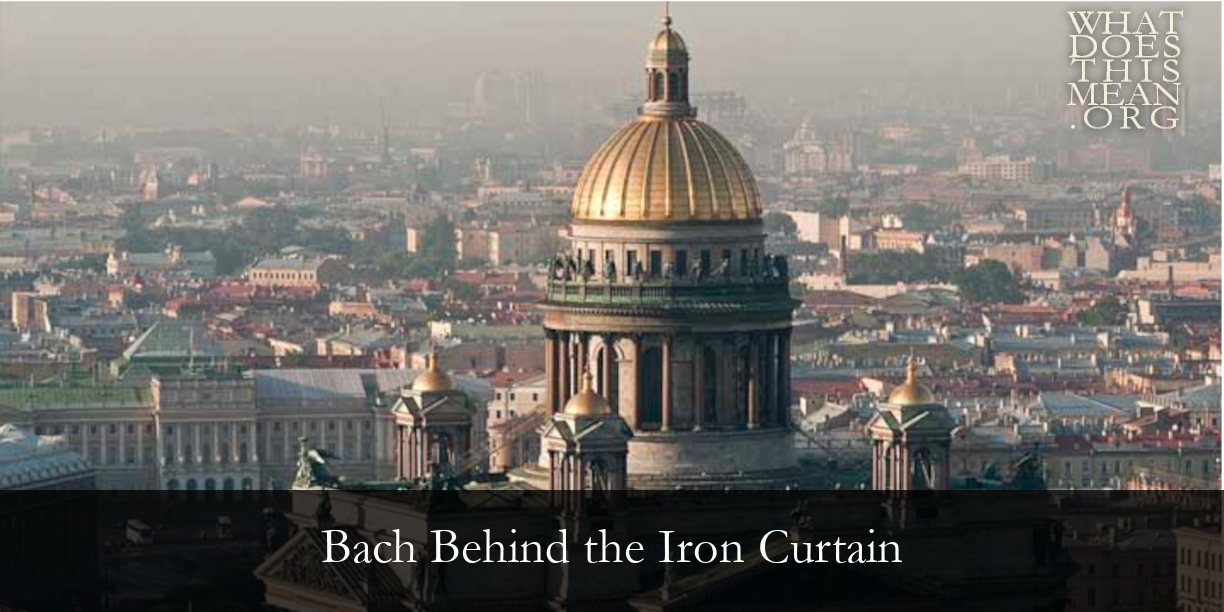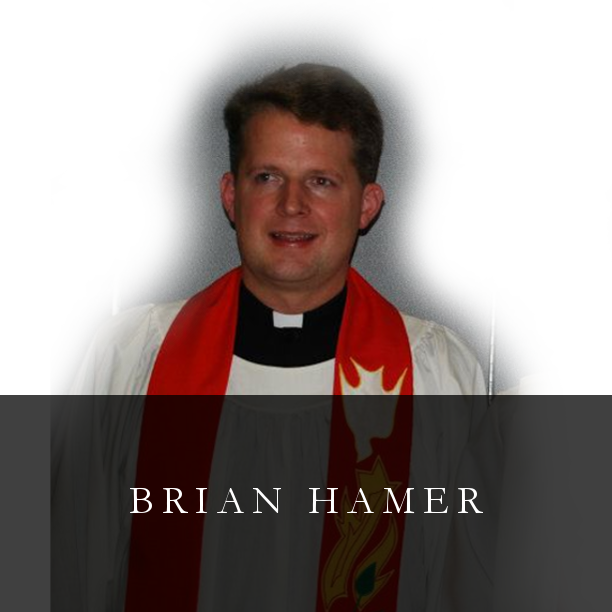– Robert Shaw on the Music of J. S. Bach
Robert Shaw (1916–1999) conducted the Robert Shaw Chorale from 1948 until 1967 and toured thirty countries at various times, all sponsored by the U. S. State Department. During this time the Chorale became a household name, with a popularity akin to today’s best known classical musical performers. Keith C. Burris did not overstate the situation when he wrote, “The Robert Shaw Chorale became the nation’s, and then the world’s, best-known and most-respected professional touring vocal ensemble” (Deep River: The Life and Music of Robert Shaw, p. 118). For Shaw, the highlight of the Chorale was the choir’s tour of Russia in 1962. “Shaw said so many times” (Burris, Deep River, p. 121).
In this context, the United States and Russia entered into a diplomatic agreement with identical motives. According to Mussulman each country hoped (1) to pick up technical information for updating Cold War tactics (2) to soften public opinion in the other country and (3) to correct the worldwide image it had acquired form the other’s propaganda—“Russia as a backward country in which culture withered under a heartless dictatorship, America as a people driven by materialistic greed and wholly indifferent to the higher life of the mind and spirit” (Dear People, p. 151).
Under the auspices of the State Department’s Bureau of Education and Cultural Affairs, the two countries agreed to a cultural exchange program. In what might sound like an off-season football trade to some readers, the U.S. hosted the Bolshoi Theater Ballet, the Leningrad Philharmonic Symphony Orchestra, and the Ukrainian Dance Ensemble. The Soviets, in turn, welcomed Benny Goodman’s Orchestra, the New York City Ballet, and the Robert Shaw Chorale, along with its touring chamber orchestra.
Among these six ensembles, the Chorale was certainly the “outlier.” Instrumental music, especially the full symphony orchestra, ruled the Russian musical landscape, with a strong tradition of orchestral music and ballet (recall that Stravinsky wrote several ballet scores), as well as their own Russian choral tradition. But thirty-four singers and twenty-four instrumentalists from America were certainly not going to “raise the roof” with Russian audiences.
Except—they did.
The six-week tour schedule was demanding: eleven cities, thirty concerts, three different programs of music, plus four concerts in Yugoslavia and six in West Berlin. But even more astounding than the pace and scope of the tour was the reception of J. S. Bach’s Mass in B Minor. One audience remained in the hall for a solid hour after the last curtain call, still standing in silence. Soviet Radio broadcast one performance in its entirety, including ten minutes of applause at the end.
In Moscow, the capital city and the first city to the hear the Bach program, militia were stationed at ten-foot intervals behind the iron pipe barricades twenty-four hours before the concert to keep hysterical Muscovites from breaking into the hall. After this performance, Shaw left the stage, changed clothes, and then returned to the hall, only to discover that the audience was still there.
In Lvov a riot broke out when several hundred people knocked down the door to access the concert (see Burris, Deep River, pp. 121–124 and Mussulman, Dear People, p. 154)
Now picture Robert Shaw pausing after Bach’s musical narrative of Jesus’ death and burial, possibly wiping the sweat from his brow, and giving the downbeat to the most profound and joyous proclamation of the resurrection since that first Easter Sunday:
What is one to learn from this remarkable narrative, sixty years hence? Two anecdotes summarize why this event is on my radar and continues to be a focus of political, musical, and cultural studies.
First, Shaw liked to tell the story of Petrov, who served as tour guide, tutor, and guardian angel through their Russian tour. Shaw relates that on their way to the airport to return home, he asked Petrov why the response of the Russians had been so tumultuous. Petrov’s first response was that Shaw had underestimated the audience. But then he went on to say something more profound, drawing upon the opening and closing words of the Mass:
| | I was with you in every audience, you know. And it never failed; within three minutes after you had begun to sing, people forgot that you were Americans or performers, and that they were in a concert hall. They were simply hearing, Kyrie eleison, ‘Lord our God have mercy,’ or Dona nobis pacem, ‘Give us peace.’ It was like one heart talking to another heart—or more like Bach’s heart talking to all of us. (As quoted in Burris, Deep River, p. 123) |
Similarly, in Leningrad, the very city named for a prominent Communist leader, several hundred folks stood in line to get a voucher that allowed them to stand in line again for a ticket for standing-room only—on the very day that JFK carried out the blockade on Cuba during the Cuban Missile Crisis, leading to security concerns for the Chorale. Just a generation before this concert, Leningrad had been besieged by the Nazi Party for nearly 900 days as the German forces tried to starve some three million citizens to death (Jerry Berman, Hitler and the Nazi Darwinian Worldview, pp. 32–33). And yet, in 1962, those who stood in long lines to hear the Mass in B Minor, written by a German composer, did not hesitate to celebrate the artistic triumph of the evening, without a thought for Bach’s Germanic heritage.
Taken together, these narratives teach us that sacred music is transcultural because it is transcendent. In a 1981 lecture, for instance, Shaw recalled singing Bach behind the Iron Curtain and said, “The music sings of life. It uplifts us, forces us not only to rejoice and to grieve but, most of all, to think” (The Robert Shaw Reader, p. 356). Shaw’s words apply equally to believers and unbelievers alike. But Christians go one step further, from thinking to believing. This music lifts one above all earthly concerns and into the ongoing, reciprocal conversation between Father, Son, and Holy Spirit, namely, the good news that God is for us in Christ—a message that always thrives under pressure!
And so in the midst of war, famine, the cultural revolution, and any other earthly trial, the faithful sing the good news that their only hope is in Christ alone, who is risen from the dead and who grants the peace that passes all understanding. In short, this music sings of life—the rich and abundant life of Jesus Christ—who is the incarnate answer to our ceaseless prayer, “Grant us peace.”
Resources for Further Listening
https://www.kfuo.org/2022/07/27/coffee-hour-072722-bach-week-bach-behind-the-iron-curtain-1962/
The reader is invited to enjoy the seventy-minute documentary, “Robert Shaw: Man of Many Voices.” It is available as part of the “American Masters” series on PBS and on Amazon Prime Video. The first few minutes of the video tell the story of the 1962 tour behind the Iron Curtain, along with photos of the event, which copyright restrictions prevent us from showing here.
https://www.pbs.org/wnet/americanmasters/robert-shaw-man-of-many-voices-documentary/11465/
The Robert Shaw Chorale disbanded before the advent of digital technology. Some of their recordings, however, have been digitally remastered and are available on various electronic platforms. The following play list gives you an idea of the musical nuances of their 1960 recording of the B Minor Mass, just two years before they took their music behind the Iron Curtain.



 RSS Feed
RSS Feed
